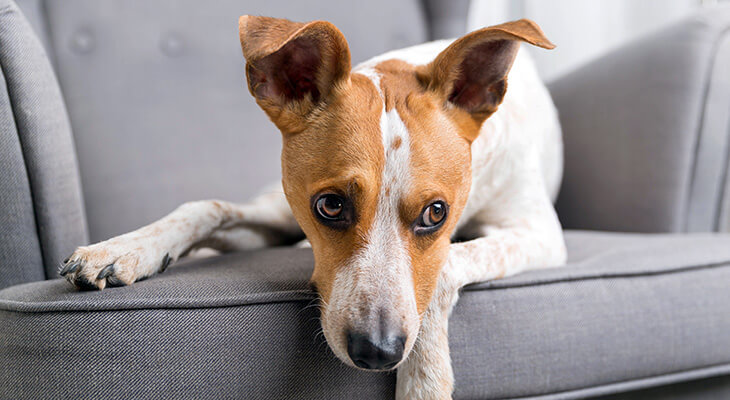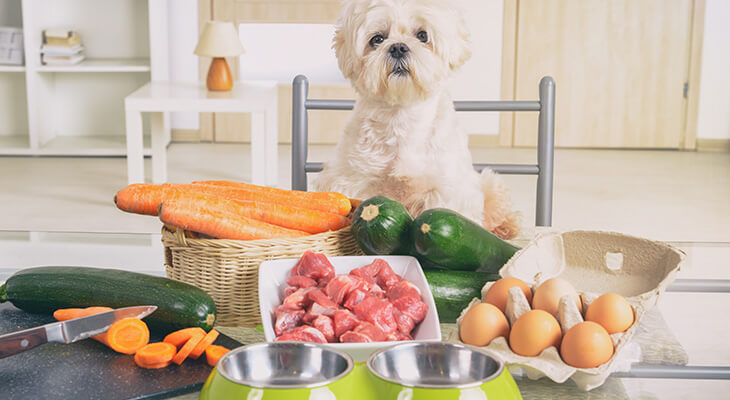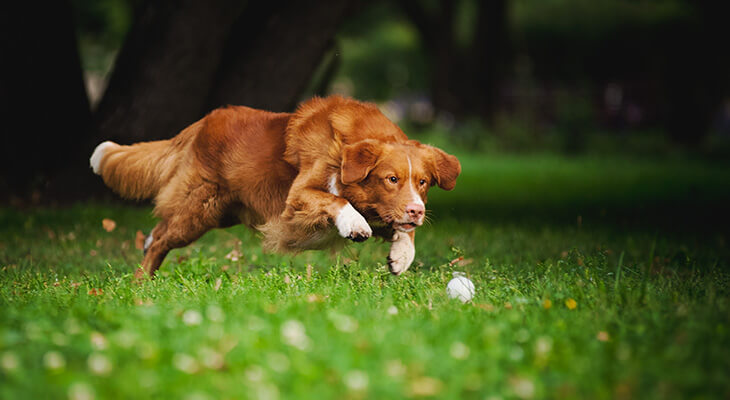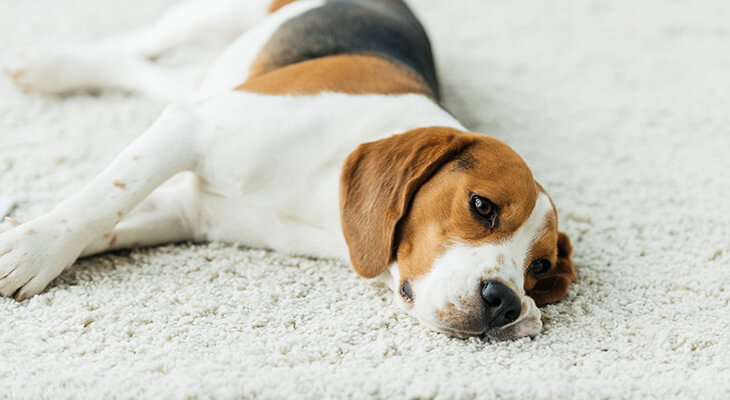A dog is a man’s best friend, they say. They understand you very well and become a part of your lives in no time. They get you no matter what mood you are in and which phase of life you are going through. The question is, how much do you understand your furry friend?
Do you have a keen eye when it comes to your dear pet? Do you notice when things change? How have they suddenly started noticing the dog front paws curled under when lying down? Not sure what it means? Don’t worry; we’ve got you! We have all possibilities listed right here for you.
Contents
Your Dog Is Knuckling
If your dog has started curling its paw underneath itself while lying down, the chances are that it is knuckling. Dogs are digitigrade animals, meaning they walk on their digits – their toes. When these paws bend over, they look like knuckles; hence, they are called knuckling.
All animals that belong to the digitigrade have long tarsal and carpal bones. Dogs can run fast and firm on the ground without slipping with these long bones. If you notice animals that walk on their foot pads, you will realize they are slower than animals that walk on their digits.
Why Is My Dog Knuckling?
When your dog stops walking on its digits and walks on its bent foot instead, it will look like it’s walking on its knuckles. This will severely impact their mobility if they continue walking and running this way. They may eventually get used to it, and the initial pain they experienced may subside, but it will increase the damage to their toes and paws.
Some of the common causes for your dog to suddenly start knuckling could be:
- Trauma
If your dog recently took a fall or was in an accident, they hurt their paws pretty badly. When the injury is bad, they may not walk much initially, but they are not humans; they won’t stay put in one corner; they just evolve and learn to move around with the pain. This is when they may start curling their paw to protect the hurt digits.
- Neurological Disorder
In most cases, it could be a neurological defect. As they age or have experienced a recent trauma, their nerves might have suffered some damage. Some illnesses could have also caused the nerves to malfunction, thus reducing the signals sent to the digits. As a result, they start curling their toes and walking the same way.
- Degenerative Myelopathy
A genetically inherited disease that is seen more often in short legged dogs. The very first sign of degenerative myelopathy is paralysis in the hind legs. As the hind legs stop functioning properly, the dog’s gait changes to support its weight while moving. Over time, the dog might start curling its toes resulting in knuckling.
- Intervertebral Disc Disease
It is a degenerative disease found in certain breeds. This disease will cause compression in the dog’s spinal cord, thus making them knuckle.
- FibroCartilaginous Embolism
When your dog injures its spine due to a fall, accident, or just age, it can compromise the limb function. Both legs and paws can be damaged, resulting in knuckling.
- Injury
Check your dog’s paw for an injury. Probably they stepped on something, and a sharp object either poked them or is still lodged in their paw. This can make them cry out in pain to let you know they are not ok. If you have missed it all these days, you can take care of it now and put your dog out of pain as soon as possible.
If the object is not removed immediately and the paw treated, it can permanently damage that you may not like to see in your beloved dog.
- Proprioception
They are also known as Kinesthesia is your dog’s body’s ability to sense how the limbs and paws are used. If this does not function properly, they may not be able to perceive the wrong usage of the paws. In such a case, your dog could be knuckling without even knowing about it.
Not all of the problems mentioned earlier are chronic. Some may correct and go away on their own with time. Early intervention from your end can make a big difference to your pet’s quality of life. However, if the problem is ignored and not attended to immediately, it can permanently damage your dog’s paws.
What Can I Do?
When you see your dear pet struggling to walk normally, your heart cries out for them, and you want to do anything to help them get better. Here are a few things you can try to prevent your dog from knuckling:
- Check Paws
First, lift their paws and check for a foreign object. It could be just a small object, but it is still capable of causing sufficient damage. Check for a sight of entry; pull it out if it is at the surface level. If you notice the object has gone in too deep and you may not be able to handle it, call for a doctor.
- Visit A Veterinarian
If you notice no visible injury or entry of an object into your dog’s paws, you need to check with a doctor. Ask your veterinarian to check the bones. If they feel it could be genetic, they will observe your dog a little longer to confirm a diagnosis. Since it is genetics, there is very little a vet can do, but they might prevent it from progressing further. They might prescribe medicines and advise lifestyle changes to help your dog.
- Mental Analysis
If it is a deterioration of the brain, the vet might try to slow it down with certain drugs. Sometimes surgery might be recommended. Though natural degeneration cannot be stopped, medicines and care can help slow down the progress to an extent.
Conclusion
A dog’s mannerisms can change over time suddenly. If you know your pet well enough to notice the change right away, you can help them in time. Knuckling can be rectified when addressed in time. Sometimes, if it is related to age or mental degeneration, there may not be much that you can do.




